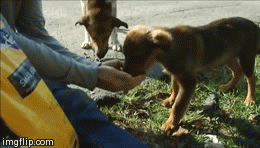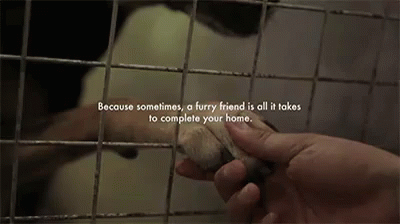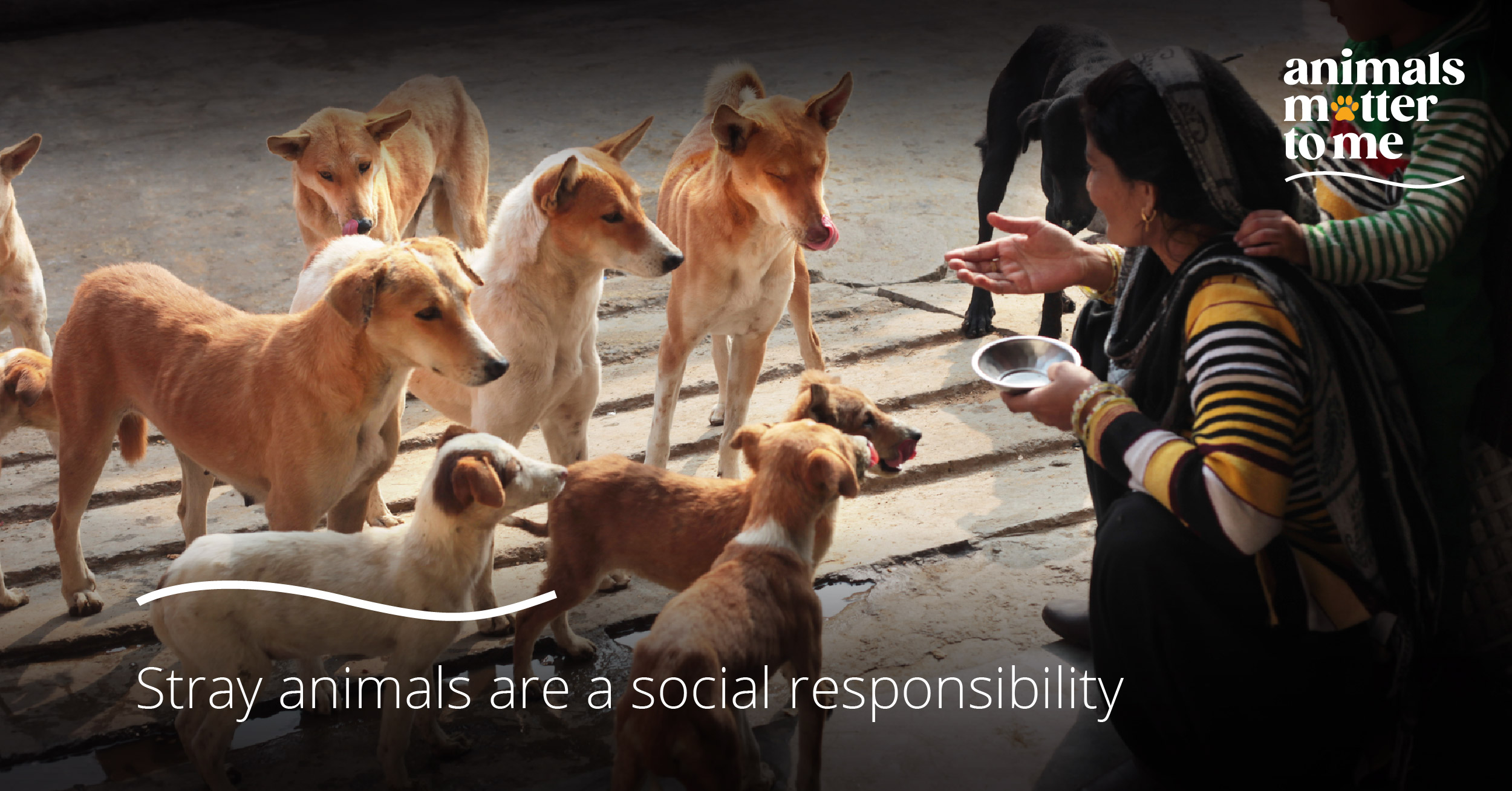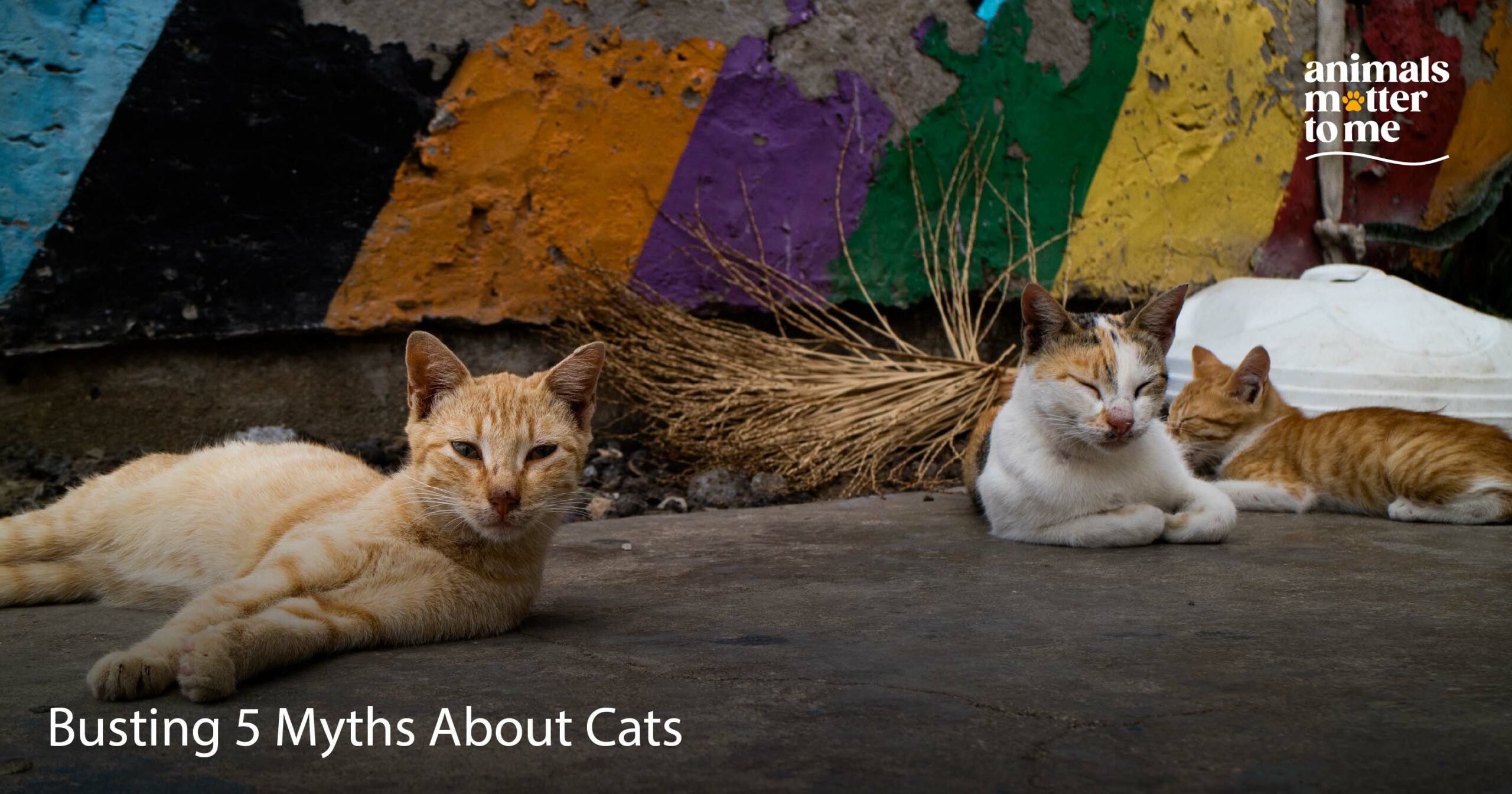India has an estimated 80 million cats and dogs that are homeless, living on streets and shelters across the country. While most strays are born on the streets, some are abandoned by people for various reasons, and others are runaway pets that turned strays due to the negligence of pet owners.
Ever since the onset of Covid-19, these numbers have risen dramatically, leaving India with one of the highest levels of animal abandonment rates in the world.
Why Stray Animals Are a Social Responsibility
Though pets are loved and accepted as members of the family across millions of households, many people still consider these furry friends a threat to human health and safety.
However, despite being viewed as a menace to society, these strays contribute immensely towards the well-being and sanitation of the country.
Stray dogs survive by scavenging through garbage for leftover foods. This makes them a boon to public sanitation as they make quick work of the waste carelessly thrown by us. Meanwhile, stray cats often tend to prey on small rodents, birds, lizards, and large insects. In doing so, these animals help in the prevention of possible infestations and spread of diseases.
However, these strays live dangerous lives and are prone to road accidents, vicious fights with other strays, starvation, and at times brutal human attacks. They are also exposed to unhygienic situations which could lead to health hazards like choking, festering of wounds, developing skin conditions, and more.
Therefore, It is our collective responsibility to ensure that these animals are looked after and cared for. They are not just a social responsibility, but also a moral one.
What You Can Do to Help the Strays in Your Society:
1. Providing adequate food supply to these voiceless angels

Volunteering to regularly feed stray animals in your locality will not only prevent starvation but also helps in befriending them, making it easier to get them sterilised and treated when needed.
2. Enabling access to adequate health care
With proper healthcare and treatments such as neutering, spaying, and vaccinations, we can keep stray-related problems such as dog bites, rabies, and overpopulation in check.
Ensuring that injured or sickly strays get timely medical attention can save their lives, and prevent unnecessary suffering and deaths.
3. Adopting strays and giving them a home

As we always say, Adopt, Don’t Shop! Adopting animals from a shelter or the streets could save them from living miserably and give them a chance to enjoy a happy and safe life under your care and protection.
4. Volunteering and contributing to NGOs
While adopting animals is a noble act, it is also a huge responsibility and a commitment that can last many years. If you are unable to make such commitments, you can always do your bit to help strays by volunteering or donating to local NGOs and government hospitals. Doing so could enable them to help animals more efficiently.
By working together as a society, we can ultimately reach our goal of increasing the quality of life and humanely decreasing the population of stray animals over time.




